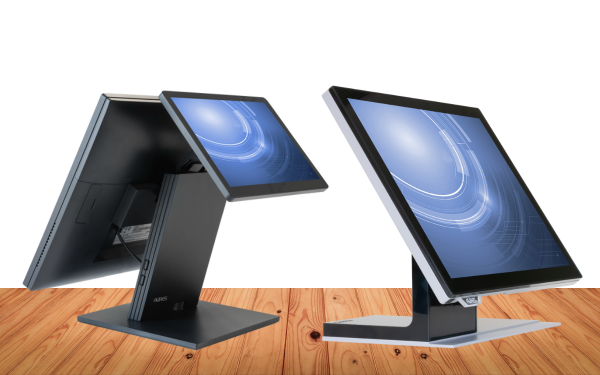The golden rule of investing in any type of technology for a business is that there must be a clear and justifiable business reason behind it.
When it comes to POS system purchases, the most common trigger for buying is an older model approaching the end of its life. The ‘business case’ here seems open and shut – your old system is either declining in performance or has been superseded by newer, faster, higher spec models you know many of your competitors already run. For the sake of speed, efficiency, reliability, usability and maintaining a competitive edge, you need to upgrade.
That’s fine, as long as you don’t confuse ‘need to upgrade’ with your business objective. It’s a mistake we see made regularly. Recognising the time has come for a new POS, a lot of prospective purchasers jump to the conclusion that any up-to-date solution will be an improvement on the system they bought five, 10 years ago. With that assumption made, they prioritise price over factors like performance, functionality, reliability – the nuts and bolts of how a POS system will impact a business.
To bring the conversation back round to how POS can deliver tangible benefits to a business, we like to highlight three criteria every prospective buyer should prioritise – how a POS solution will impact on customer experience, how easy it is for people to use, and how long it can be relied upon to perform at an optimum level.
Impact on customer experience
Once upon a time, you might have been forgiven for thinking a till was just a till, a necessary but rather bland tool designed to help in the administrative process of making a sale. But these days, POS is better understood as a critical and defining point in the whole customer experience.
If you think about things like transaction times, customer throughput, and how long people have to wait for the privilege of paying for a purchase, POS has a direct experience on them all. And we know from attitudes to queuing that a poor experience at checkout can ruin everything that goes before it.
That’s why we always urge our customers to look at a POS purchase through the lens of customer experience. If you wanted to sum up the business objectives behind upgrading a POS system, speed, efficiency, convenience and satisfied customers would be right up there. They all feed into the CX.
To deliver, you need hardware that is powerful, reliable and user-friendly (see below). Beyond that, you need combinations of tech that create a smooth, seamless flow of service and transactions tailored to your business and your premises, whether that includes self-service options to reduce queues, mobile POS tablets to facilitate table service in restaurants and cafes, or anything else.
Usability
The quality of the experience you can deliver around point of sale doesn’t all boil down to processing speed or design and build quality. The most important factor of all is usability. One of the first questions we ask prospective customers is, how will your staff take to this new model, or this new interface? Or, if discussing kiosks, have you done any market research to assess what your customers think, and what they want from a self-service option?
We design all of our hardware, including our self-service kiosks, with user-friendly simplicity in mind. And that’s for the simple reason that hardware that isn’t intuitive to use or which has a big learning curve poses an obstacle to speed, efficiency, convenience etc, rather than a vehicle for delivering them.
Longevity
Finally, there’s no shortage of low cost, mass produced POS hardware available on the market. You can even run POS software on general purpose devices like smartphones and tablets if you wish. But POS solutions have to be workhorses. If your business opens eight, nine hours a day, seven days a week, then your POS system is in use for eight, nine hours a day, seven days a week. That takes its toll on digital hardware. You need products that are up to the task.
If you decide to prioritise cost over resilience and reliability in POS solutions, you take two big risks. One is that your equipment will start to glitch or fail, which can have a major negative impact on customer experience. Nothing will frustrate customers more, or lead to bigger delays (and potentially lost sales) than a POS endpoint failing.
The second risk is that you end up having to replace a cheap product that becomes faulty a lot sooner than you were expecting to. In this situation, the cost savings you thought you were getting evaporate. Suddenly you’re back to square one again spending money on yet another system. Investing in POS hardware with proven track records for build quality, reliability and longevity, like all AURES equipment has, therefore works out as the more economical choice over time.




